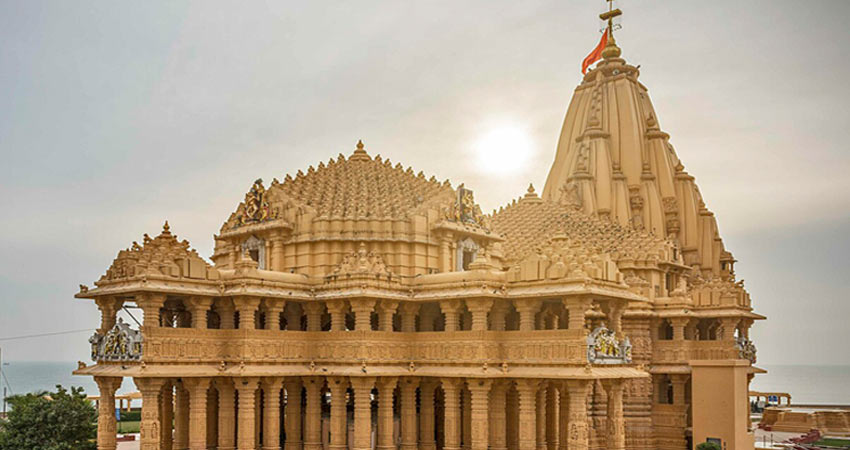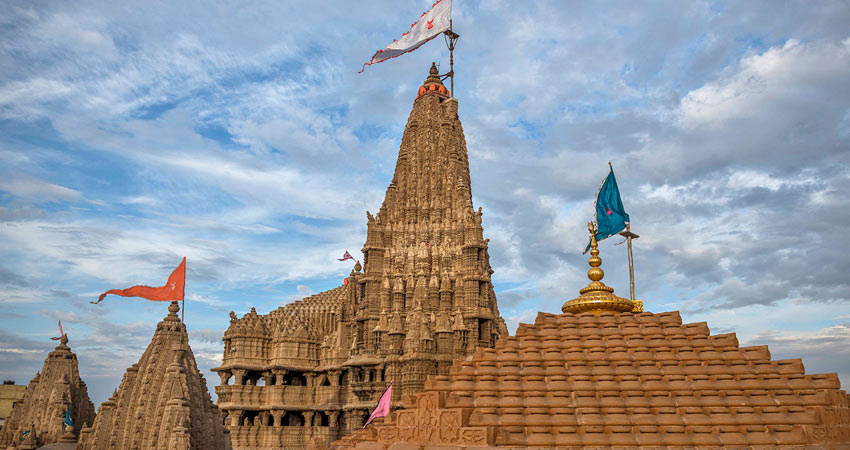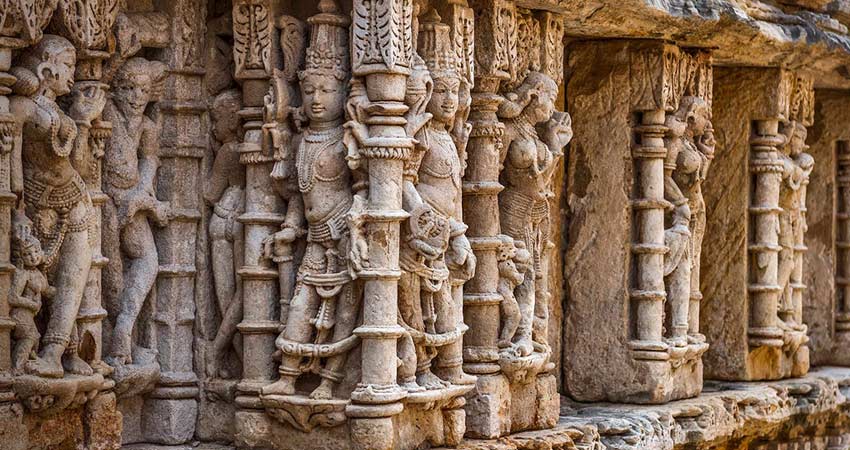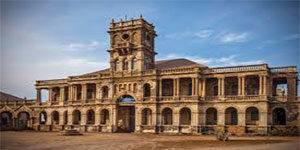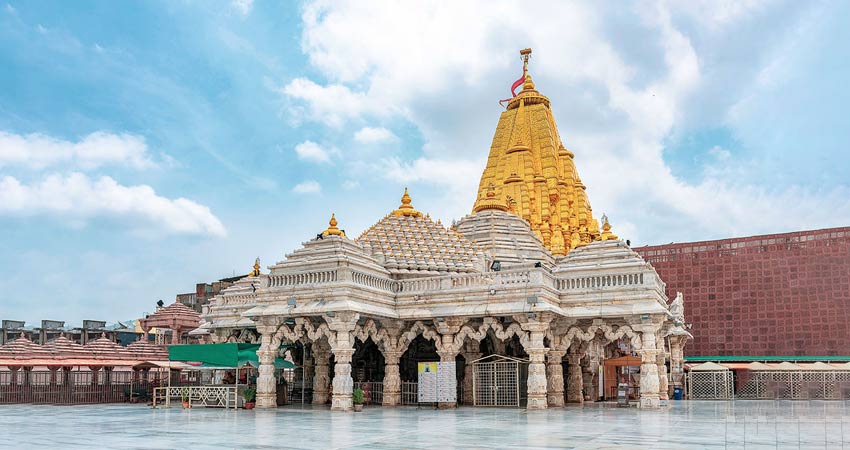- 15
- 3
- 2
- 9
- 12
- 2
- 1
- 9
- 1
- 7
- 12
- 3
Ahmedabad
Discover Ahmedabad, Gujarat: India’s First World Heritage City
Ahmedabad, a city rich in architectural heritage, is a testament to India’s historical and cultural legacy. Recognized as the first World Heritage City in India by UNESCO in 2017, Ahmedabad boasts a unique blend of heritage monuments and traditional residential clusters known as Pols. These elements, spanning from the 15th to 17th centuries, highlight the city’s exceptional Indo-Islamic architecture.
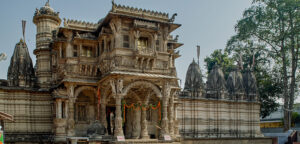
The Historic City of Ahmedabad
Located in the heart of Gujarat, Ahmedabad offers a distinctive character defined by a vibrant spirit of enterprise and deep-rooted traditions. As a bustling metropolis, it hosts renowned institutions and a rapidly growing economy while maintaining a strong connection to its historical roots. Known for its association with Mahatma Gandhi, the city features a complex maze of neighborhoods called Pols and some of India’s finest medieval Islamic architecture.
A Glimpse into the Past
Historically, Ahmedabad was known by various names: Ashawal under Asha Bhil, Karnavati under Karanadev, and Ahamdabad under Sultan Ahmed Shah. It has also been called Rajnagar, the capital of Jainism, and a politico-cultural hub under Mahatma Gandhi and Sardar Patel. Internationally recognized as Ahmedabad by the British, the city is affectionately called Amdavad by its residents, known as Amdavadis.
Cultural and Spiritual Landmarks
Ahmedabad is home to hundreds of temples, mosques, and pilgrimage sites. Among these, the Sabarmati Ashram stands out, capturing the nation’s attention. This humble residence of Mahatma Gandhi, known as Hridaykunj, is a symbol of peace and simplicity, offered to the nation by the Mahatma himself.
Explore Ahmedabad, where every corner echoes with stories of the past, and discover why it stands as a symbol of India’s rich heritage and vibrant culture.
